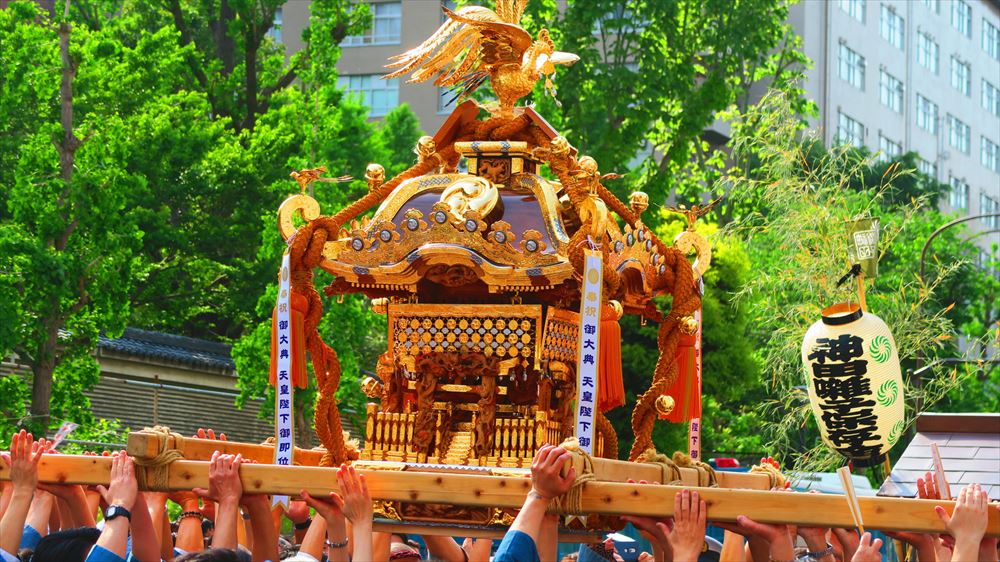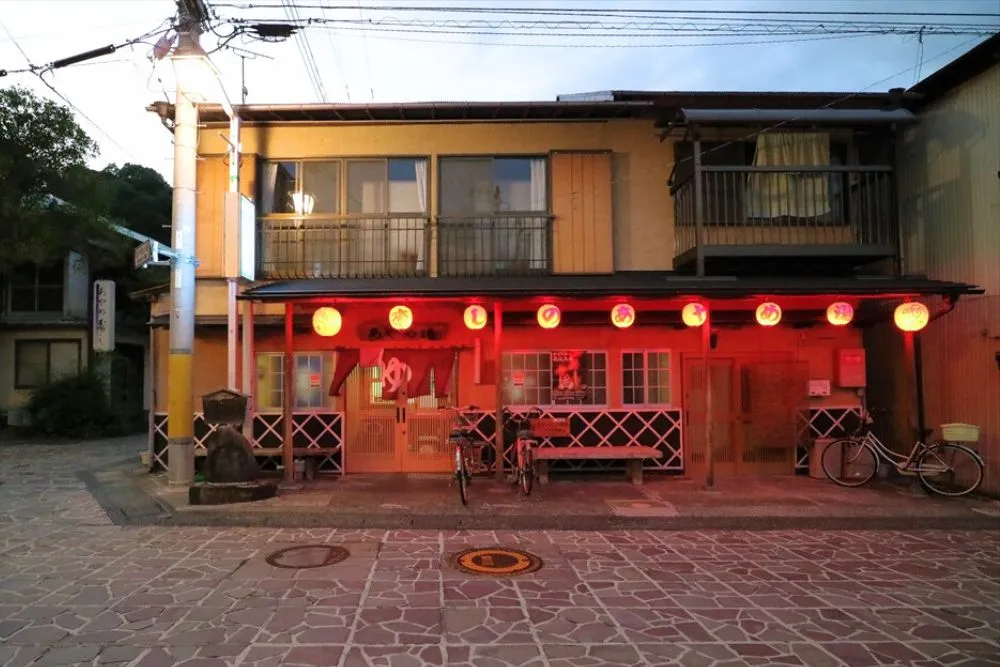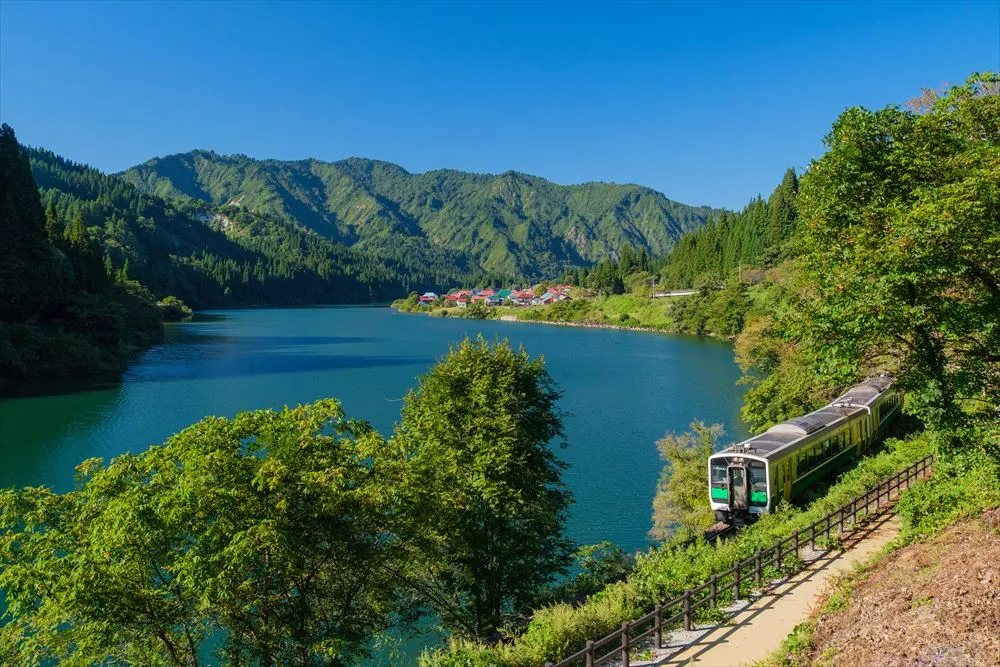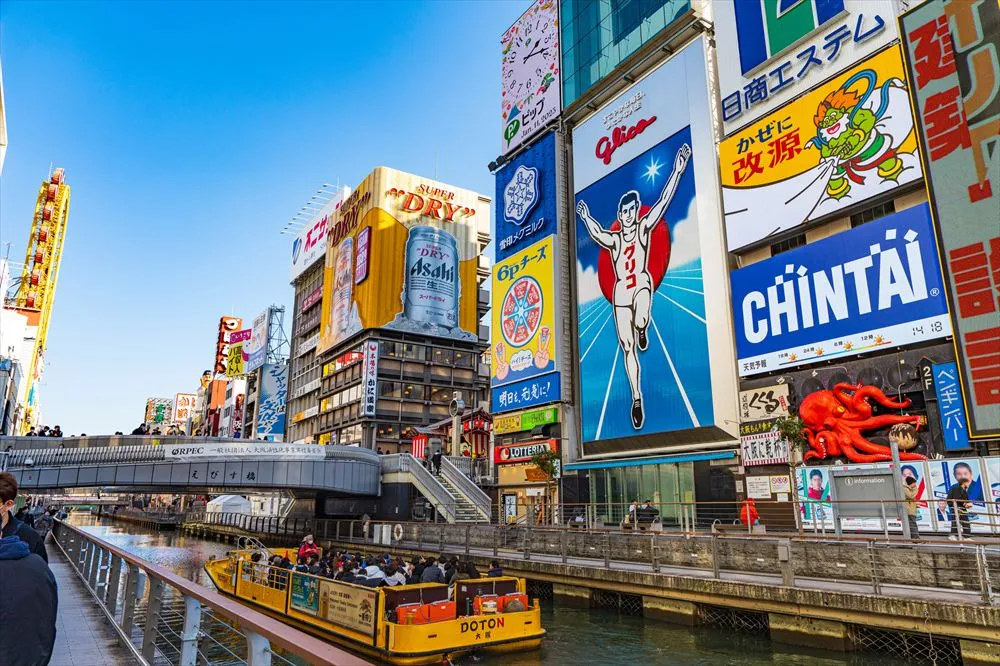IC cards connected to the transportation system are a great way to get around in Japan. These must-have travel tools are used not only for trains and buses, but also shopping.
Transportation & IC Cards in Japan: Suica, PASMO, ICOCA
What is a transportation IC card?
Transportation IC cards are issued by railway companies across Japan, and have an embedded IC (Integrated Circuit) chip. After loading set amounts of money into a card at station machines or other facilities, the card can be used to easily pay for public transportation fares, vending machines, and at various stores and restaurants by touching the card to a reader.
They can be purchased at ticket offices and vending machines at major airports and train stations. In the case of Suica, cards can be loaded with amounts of 1,000, 2,000, 3,000, 4,000, 5,000, or 10,000 yen. When first issued, the cost includes a 500-yen deposit.
The maximum amount that can be added to a card is 20,000 yen, so be sure to top it up as needed when the balance gets low. Ways to “charge” cards will be explained later.
List of major IC cards
A variety of IC cards are used in Japan, including Suica, PASMO, and ICOCA. Each IC card is used in a different area, so let’s look at the major ones and the areas where they are used. However, all of the IC cards introduced here can be used interchangeably throughout the country with only some minor differences in function.
Due to the global shortage of semiconductors, the new sales of “Suica” and “PASMO” cards have been suspended. However, as of September 1, 2024, sales of registered “Suica” and “PASMO” cards have resumed.
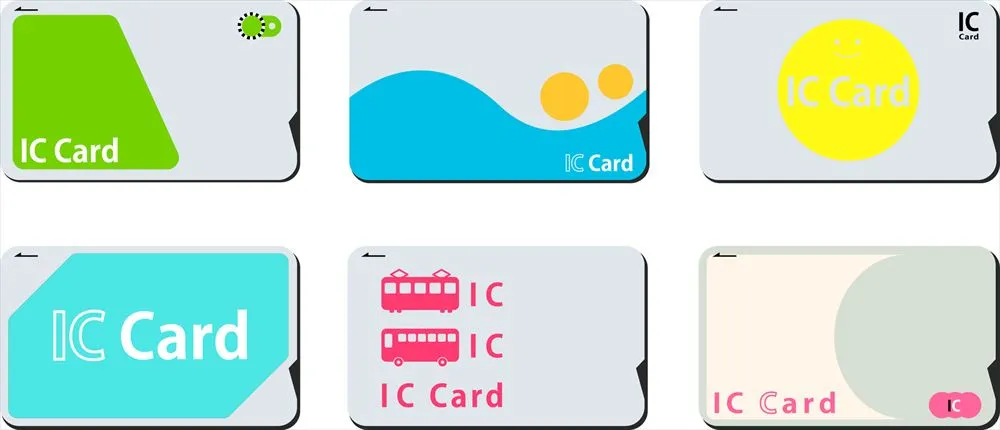
Suica
This IC card is issued by JR East. The area where it can be used is steadily expanding, and currently includes metropolitan Tokyo, Sendai, Niigata, Aomori, Morioka, Akita, and Okinawa. A “Welcome Suica” for foreign travelers can also be purchased starting from 1,000 yen. Welcome Suica is an IC card for short-term stays used for transportation and shopping, with no deposit required. It is valid for 28 days from the date of purchase, and although non-refundable, can be taken home as a souvenir. Sales locations are limited, and it is available at JR EAST Travel Service Centers (such as Haneda Airport, Narita Airport, Tokyo Station, Shinagawa Station, Shibuya Station, and Shinjuku Station). For more details, please check the official website. Welcome Suica | JR-EAST (Official Website)
PASMO
This IC card is used on trains and buses countrywide, mainly in the Tokyo metropolitan area. In addition, a “PASMO PASSPORT” is available for foreign travelers. PASMO PASSPORT is also an IC card for short-term stays used for transportation and shopping, with no deposit required, valid for 28 days from the date of purchase. Although there are no refunds, it can be taken home as a souvenir. Show your PASMO PASSPORT and you may receive special benefits at participating facilities.
Blank PASMO card (Official Website)
ICOCA
This IC card issued by JR West is used mainly in the Kansai area, which includes Osaka and Kyoto. A “KANSAI ONE PASS” for foreign travelers can be purchased for 3,000 yen. KANSAI ONE PASS is similar to a ticket covering major Kansai railway companies and transportation facilities with some benefits offered to pass-holders at tourist spots. The KANSAI ONE PASS can be used at any time with no expiry date, and can be refunded.
KANSAI ONE PASS (Official Website)
PiTaPa
This IC card is also used mainly in the Kansai area. However, since it is a postpaid card that does not require recharging, it may be difficult for foreign travelers to acquire.
TOICA
This IC card provided by JR Tokai can be used mainly in the Tokai area such as Nagoya and Shizuoka.
Kitaca
This IC card issued by JR Hokkaido can be used mainly in Hokkaido.
SUGOCA
An IC card provided by JR Kyushu used mainly in the Kyushu areas of Fukuoka, Kumamoto, Kagoshima, Oita, Nagasaki, Saga, and Miyazaki.
How to use an IC card
When using trains or subways, look for ticket gates that accept IC cards. Ticket gates that accept IC cards have a card reader, so please touch your IC card here. Some ticket gates have slots to insert tickets, so take care not to insert your IC card there.。

When boarding a bus, touch your IC card to the card reader at the entrance or exit of the bus. Please note that you cannot use your IC card in areas other than the designated area of the card (except for some cards). Suica can also be used on non-reserved seats on the Shinkansen (free registration required).
Shopping with IC cards
IC cards can also be used to pay at vending machines and various shops such as convenience stores, supermarkets, and restaurants.

When using an IC card at a store or vending machine, look near the cash register for the logo of the IC card you plan to use. Vending machines often have card readers near the cash slot, while at stores they can be found at the cash register.
How to charge an IC card
You can charge your IC card at ticket vending machines at stations or at dedicated charging machines.

If taking a bus, you can ask the driver to charge your card while on the bus. You may also be able to charge your card at convenience store cash registers.
Choose the suitable amount to charge depending on your needs, such as 500 yen, 1000 yen, 2000 yen, etc.
When leaving Japan, you can return the IC card and get the deposit back, or collect the balance by paying a 220-yen fee. Please note that if the balance is less than the fee, refunds are not possible.
The balance on IC cards remain valid for 10 years, so if planning a following trip to Japan, keep your IC card.
Transportation IC cards make transportation easy and can also be used as a kind of digital wallet. The number of shops and restaurants that accept IC card payments increases day by day, so make full use of your card to enjoy your stay in Japan with ease!

